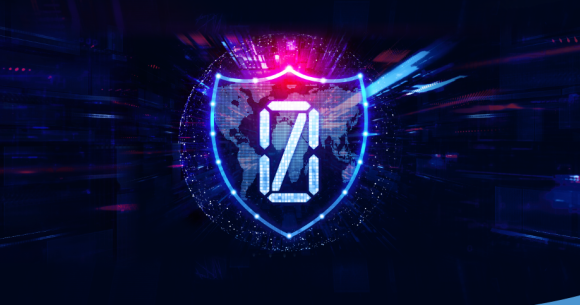Monitoring the growing open source driven technology stack
Much of today’s enterprise technology is built on open source software. This is a growing trend across all industries and Financial Services is no exception. The shift towards more open technology platforms and the acceptance of these technologies within the traditionally more private world of Financial Services has seen many organisations investing in open source technology. The need for big data analytics has contributed to this growth.
This is also a major part of our strategic product direction. By looking at the market, we’ve seen that supporting our customer’s use of open source technology is important. For Geneos users, this means the ability to monitor the growing number of technologies and services being deployed, giving users the “single pane of glass” view of their environment. While there are many challenges, the use of more open standard technologies and protocols makes it easier to integrate and collect data needed for monitoring.
Monitoring for open source big data, messaging and orchestration technologies
We are excited to launch monitoring integrations for many big data, messaging and orchestration technologies. These integrations are built on the core data collection capability of our plugins, utilising technologies like JMX, scripting and SQL toolkits. These are fully supported, documented and maintained, giving Geneos users an out of the box solution for monitoring their growing technology stack.
Why big data, messaging and orchestration?
We have focused on big data, messaging and orchestration technologies because of their extensive use within our client base. The ability to collect, store and analyse vast amounts of data continues to be a priority. Messaging platforms play a key role in enabling big data. The ability to consume data at scale from largely distributed and increasingly micro service architectures is important. Orchestration technologies enable increased automation and cost reduction, all the while moving to a more service oriented and cloud-enabled deployment model.
Which integrations are available now?
Over the next few months we will continue to enhance these integrations as well as build some new ones. We would love to hear your feedback, get in touch with us via a contact form here.
This is the first of series of blogs to explore some of the Integrations in more detail, follow our Linkedin page to continue to see future posts.
The following Integrations are now available on our website to download:




